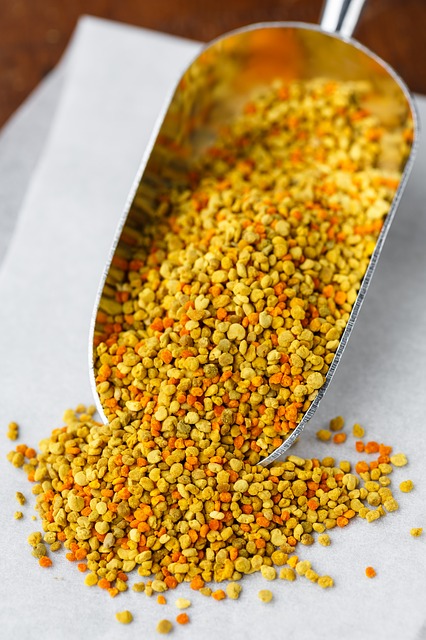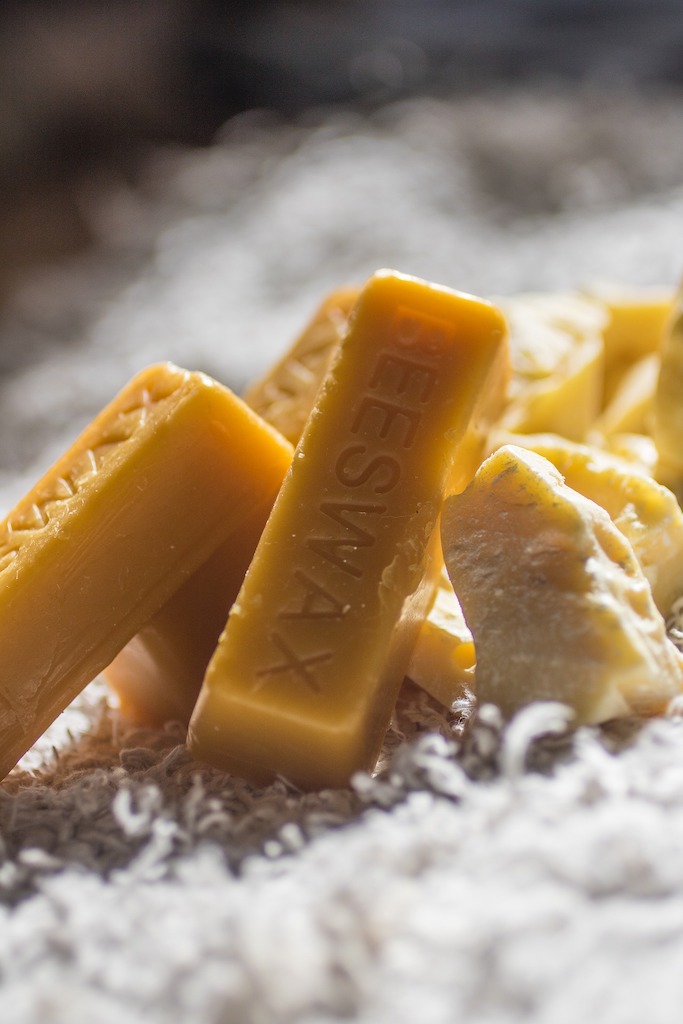Winnie the Pooh is not the only person (or bear) that finds bee products fascinating. For centuries, humans have used bee products in countless ways to better their lives in everything from candle making to cooking, to medicine and cosmetics. Some of the biggest players in cosmetics, and new, innovative companies recognize the value of bee products. The beauty industry has incorporated bee products into multiple skincare and makeup lines. Bee products include honey, bee pollen, and bee bread, beeswax, bee venom, and royal jelly. Each product has specific active substances that treat skin problems naturally and effectively. All right, now that introductions are out of the way, let the show begin!
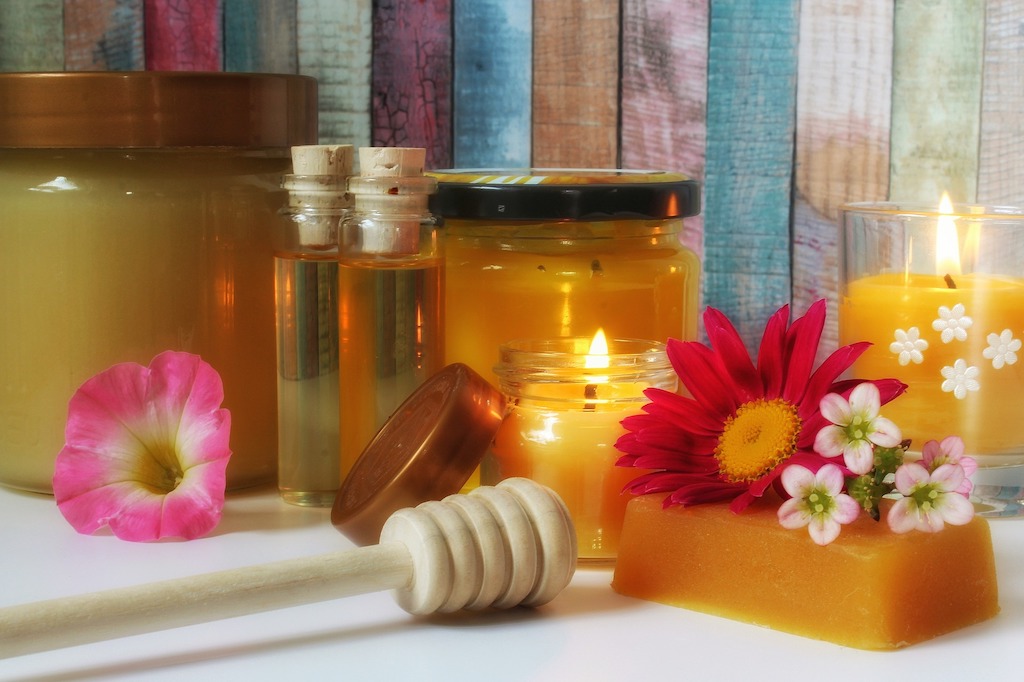
Honey

Honey is made by bees from nectar and honeydew. Other than being a delicious culinary delight, this supersaturated solution of carbohydrates has over 181 ingredients that give it many medicinal properties. Honey has many different types of sugar such as glucose and fructose, enzymes, and flavinoids. Creams or serums with honey prevent and treat acne because the hydrogen peroxide in honey kills bacteria. Some bacteria cause acne by clogging the pores on the skin or worse, it can infect pimples. In addition, early humans have used honey to treat infections because of the high amount of flavonoids in it. Infections are areas of inflammation and inflammation is caused by free radicals, atoms that have lost an electron from oxidation. Flavonoids, a powerful antioxidant that honey has plenty of, fights infections and reduces swelling by neutralizing free radicals. Flavonoids also protect the skin from sun damage. Honey also has a whole slew of essential elements, minerals that contribute to its regenerative properties. It’s a noteworthy ingredient in the beauty industry. Used in creams, bath products, makeup, and, toners, it exfoliates, moisturizes, smoothes out wrinkles, and soothes skin irritations. And that’s just honey. Check out the other treasures our busy friends produce.
Propolis

Bees certainly love to collect stuff. Propolis, or bee glue, is a resin-like substance gathered by bees from tree buds, shrubs, and green plants. More than 300 compounds are active in propolis. The majority of which are acids, antioxidants, enzymes, minerals, and vitamins. Vitamin E protects cells from oxidative stress which reduces wrinkles, fights against premature aging, and lightens scars. Another vitamin found in propolis, vitamin C, promotes collagen formation. Collagen, a protein, is the major component of connective tissues and provides the structure for bones, tendons, ligaments, and skin. Skin health, on the surface and on a molecular level, is improved with more collagen because it gives the skin more elasticity and hydration. In cosmetics, propolis is used as an emulsifier in lipsticks to provide plasticity, and for its anti-bacterial and anti-fungal properties.
Bee Pollen and Bee Bread
Have you ever wondered what honeybees eat? They mainly dine on nectar from flowers, but in the winter, when all the flowers are wilted, they munch on bee bread, a substance made from bee pollen. Bee pollen is a mixture of bee saliva, nectar, and flower pollen that bees carry in balls attached to their legs. Back at the hive, bees make beebread by putting the bee pollen into bee-sized ovens and baking it at 360 degrees for three hours. Ok, that’s not what they actually do. Bee bread is actually fermented bee pollen. Bee bread and bee pollen’s antioxidant and antimicrobial properties pack a punch. This valuable ingredient is present in creams, shampoos, conditioners, and medicine. Bee pollen regenerates damaged tissues. In cosmetics, it has a concentration of .5–5% because it takes care of sensitive skin by strengthening and sealing capillaries. Because of its high protein content, it is also used as a superfood.
Beeswax
This section has some good beeswax. Bees produce beeswax, the wax they build their hives with, from a gland in their abdomen. As one of the first plastics, this durable substance has been discovered on Viking ships, Roman ruins, and the Pyramids of Egypt. Although it has less nutritional value than bee pollen or honey, beeswax has contributed its fair share to history. This fine wax has been used in candles, bow making, and surprisingly, tooth fillings. Today, beeswax isn’t used to fill teeth (phew). Beeswax is found mostly in the cosmetic industry, in lip balms, lip gloss, moisturizers, hand and face cream, and hair products. Like other bee products, it has some anti-inflammatory properties but beeswax is known for being an excellent moisturizer since it soothes dry skin and seals in moisture.
Bee Venom
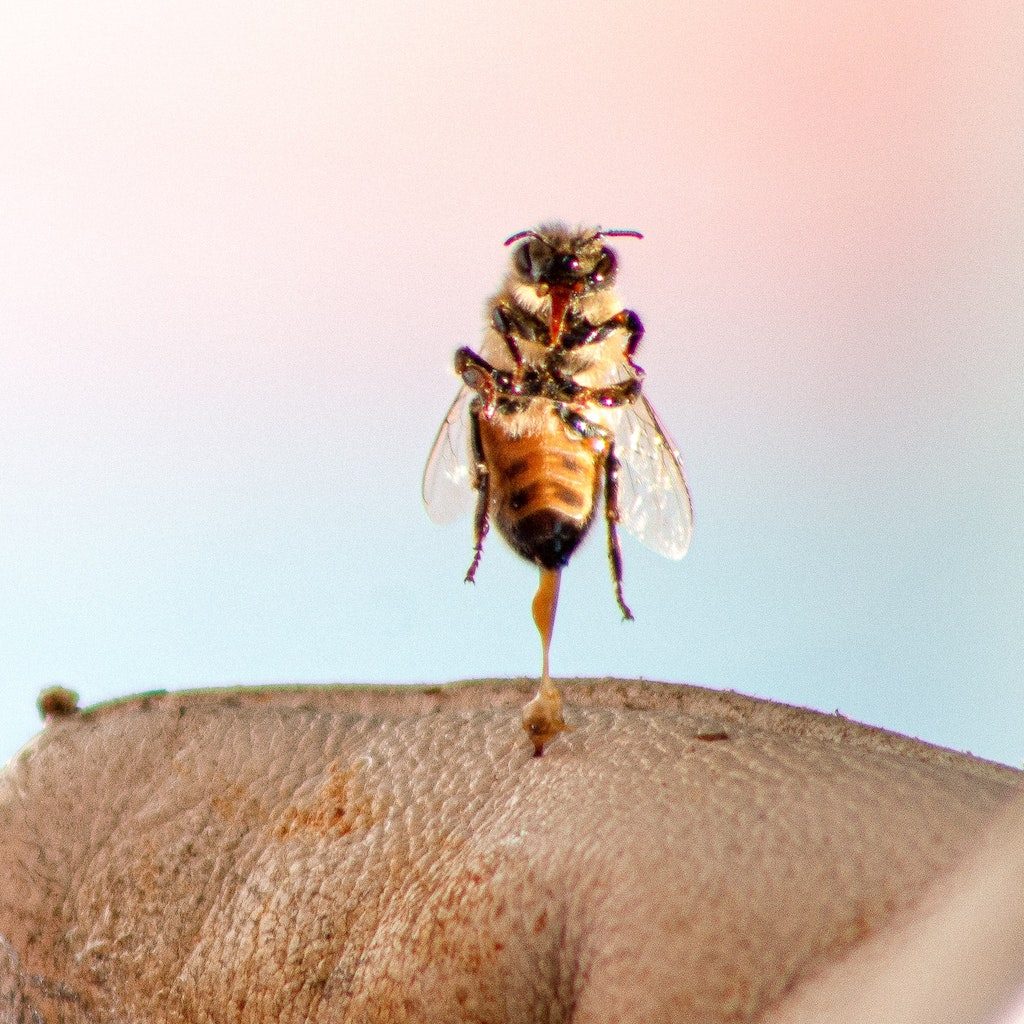
Anyone who has been stung by a been is quite familiar with this substance. Apitoxin, also known as bee venom, is used in specialist creams and lotions. Once applied to the skin, the trace amounts of venom in such creams will trigger the skin to send a rush of collagen and elastin to the skin area. Outside of the cosmetics industry, it is used in immunotherapy to help people who are allergic to bee stings build up an immunity to it. Those who battle breakouts will be thrilled to know that bee venom decreases the inflammation in acne. In addition, bee venom has been found to increase collagen levels and fights cancer.
Royal Jelly
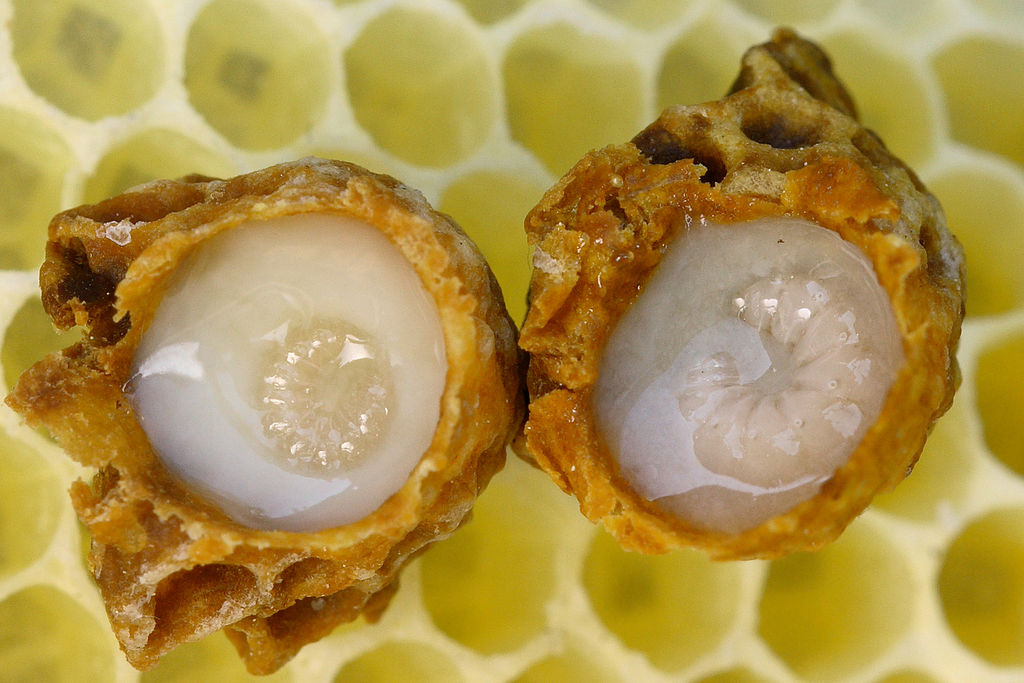
Royal jelly will make you feel like a queen bee. Actually, this secretion from the glands of worker bees is what turns larvae into a queen bee. All larvae, immature bees, are fed with royal jelly for three days. Queen bees are raised on royal jelly until it is a mature female; the rest of the bees are worker bees. Like the rest of the bee products, royal jelly has antibacterial, anti-inflammatory, toning, moisturizing, and antiaging properties on human skin. In medicine, royal jelly heals all a wide range of wounds from ulcers, burns, sores, to inflammations on the tongue and throat. Because of its medicinal properties, royal jelly is mostly used in specialized balms, creams, and lotions. It is effective on problem skin, treating acne-prone skin by limiting an excess secretion of oil on the skin. Lastly, royal jelly boosts the production of collagen and is highly moisturizing.
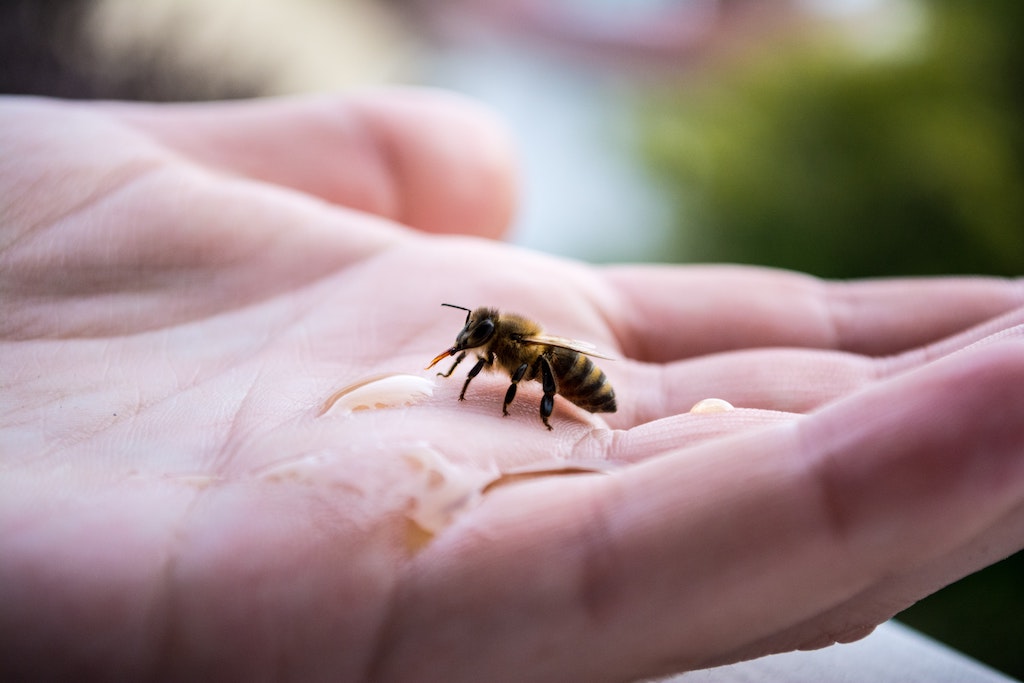
Humans sure have a lot to thank bees for. These pollinators have contributed so much to humanity, in almost every field of life. Astounding works of architecture are inspired by their homes, their products are used in medicine, and as superfoods and those products will continue shaping the health and beauty industry.

